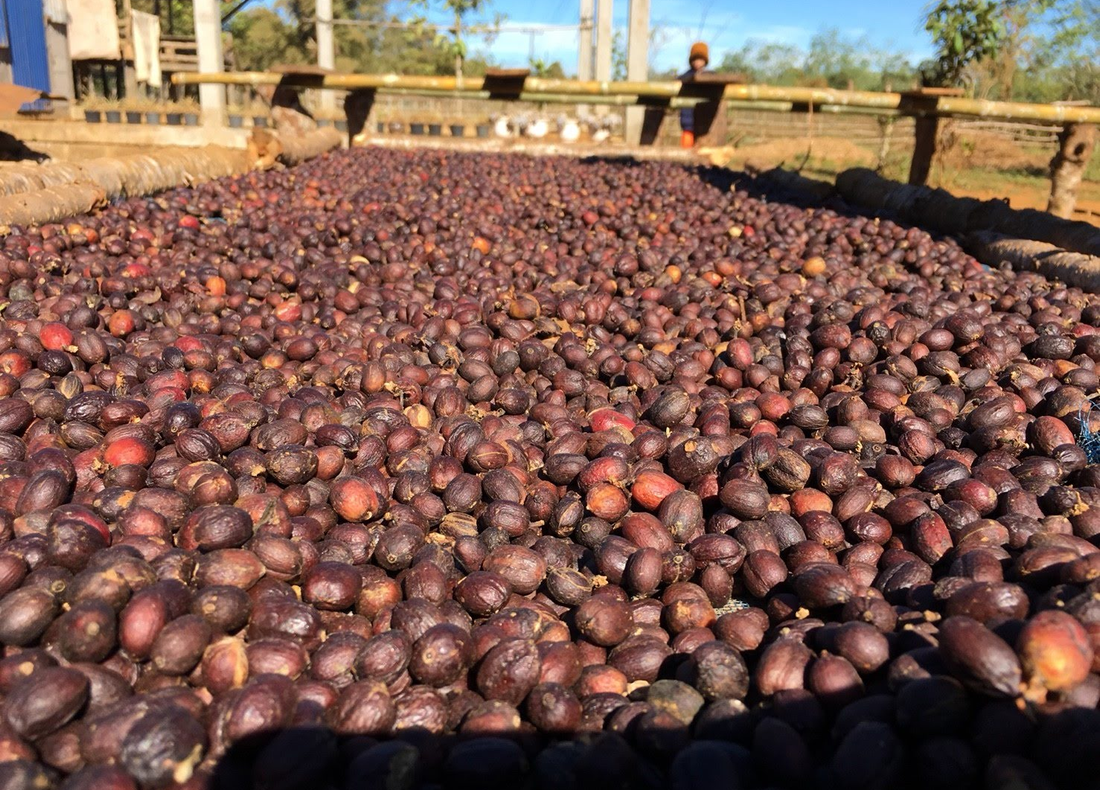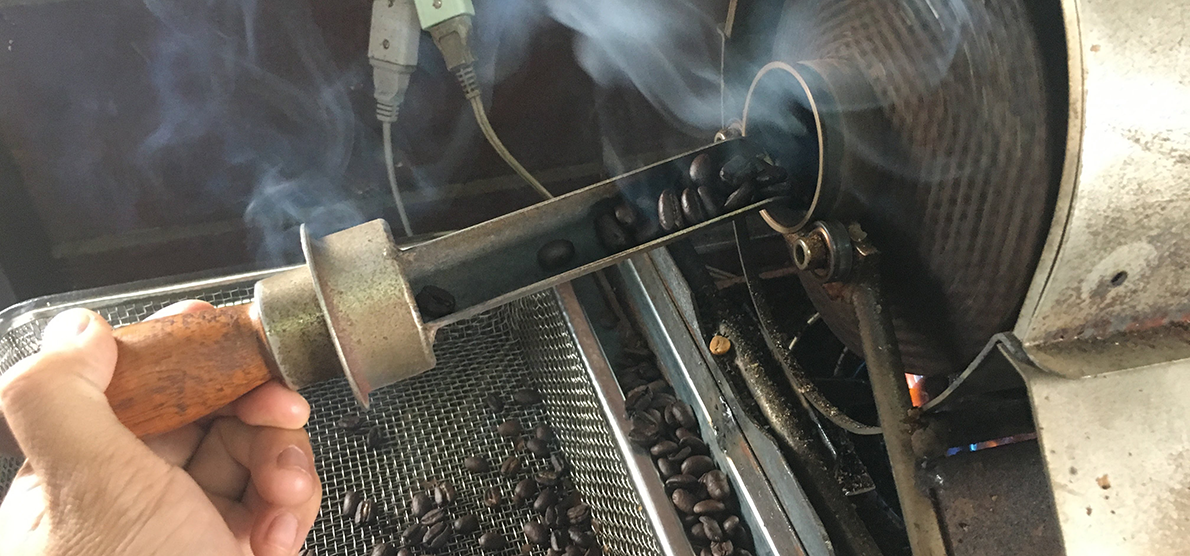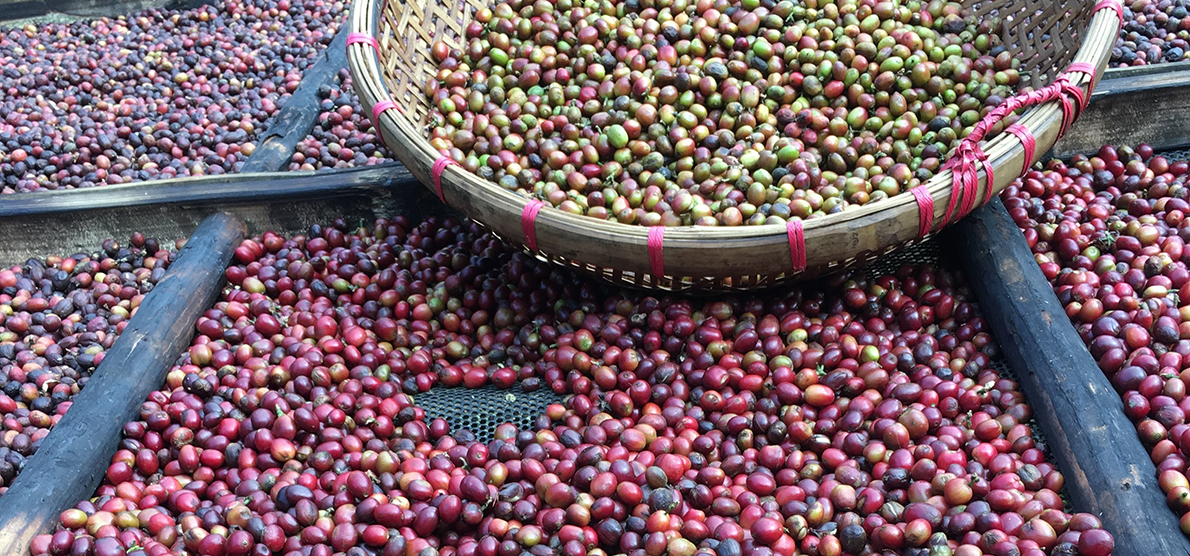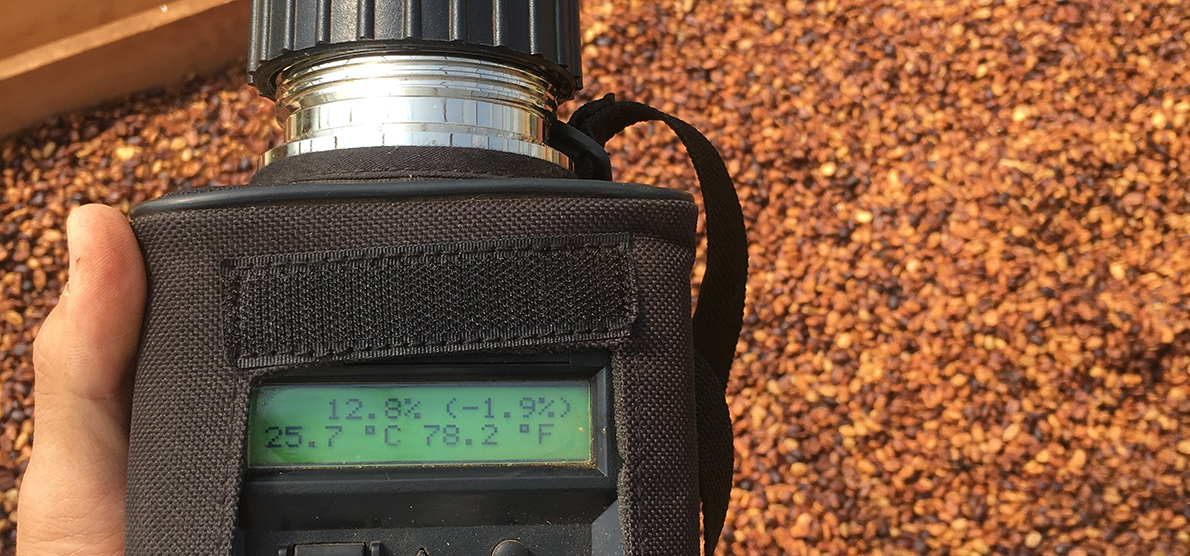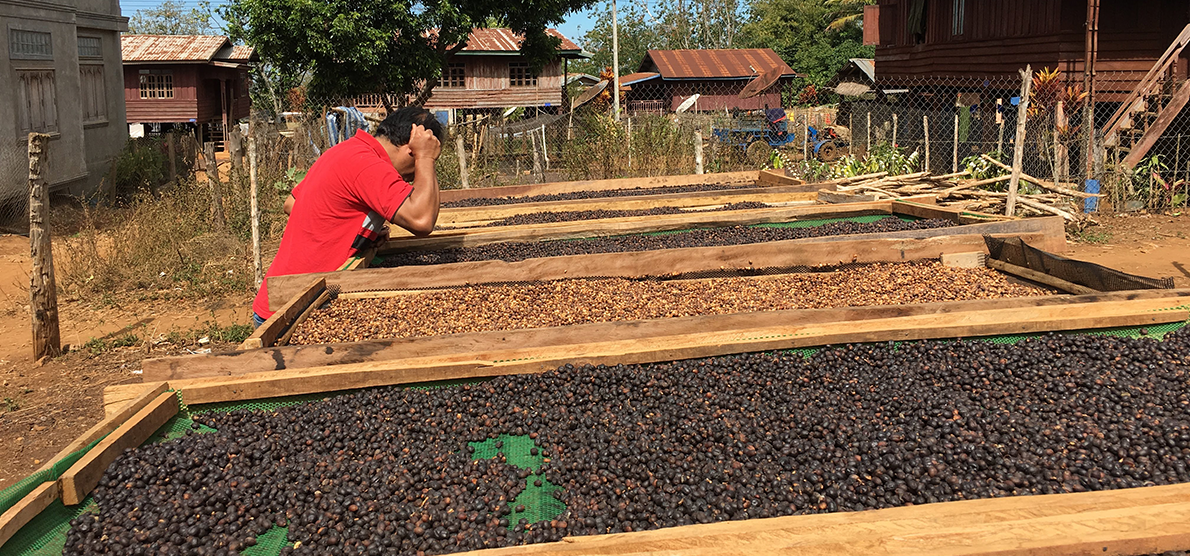Coffee
An important point for coffee is freshness.
We can send freshly roasted beans even in small lots, since we have an original small-sized roasting machine. Coffee is also an agricultural product, and of course the taste changes depending on the freshness.
Our Coffee
We go to the plantation and see the soil and helth condition of the tree before purchasing green beans. We lernt that the quolity is so diffrent dipending on who grow even if same cultivar and same place. This is why we must go to the farm to buid the long relationship with farmers and to train coffee farmers.
Our quality
We do go to the plantation and see the soil amd helth condition of the tee before purchasing green beans. We lernt the quality is so different dipend on who grow coffee even if same cultivar are grow same place. That way we go to the farm to establish the long vision relationship through trainig farmers.
Peaberry
One of the our futures is Peaberry we gather. Now we have the Peaberry around 20 countries more. it has more good aroma and sweetness than flat beans.
-

Peaberry -

Different processing methods shape different tastes
After growers harvest their cherries, they move on to the processing step, which turns the cherries into raw beans, ready for roasting. Depending on the processing method, or how you remove the skins and fruit from the coffee cherries,you get entirely different coffee tastes.
Here’ s some more on the two main approaches to coffee processing.
Washed (wet process)
The wet process involves mechanically removing the skin and fruit from the coffee cherries, placing the cherries in a fermenter to remove mucilage, and then performing the washing and drying steps. While the method is time- and labor-intensive, requiring the use of special equipment, it generates pure-tasting coffee with crisp, clear acidity.
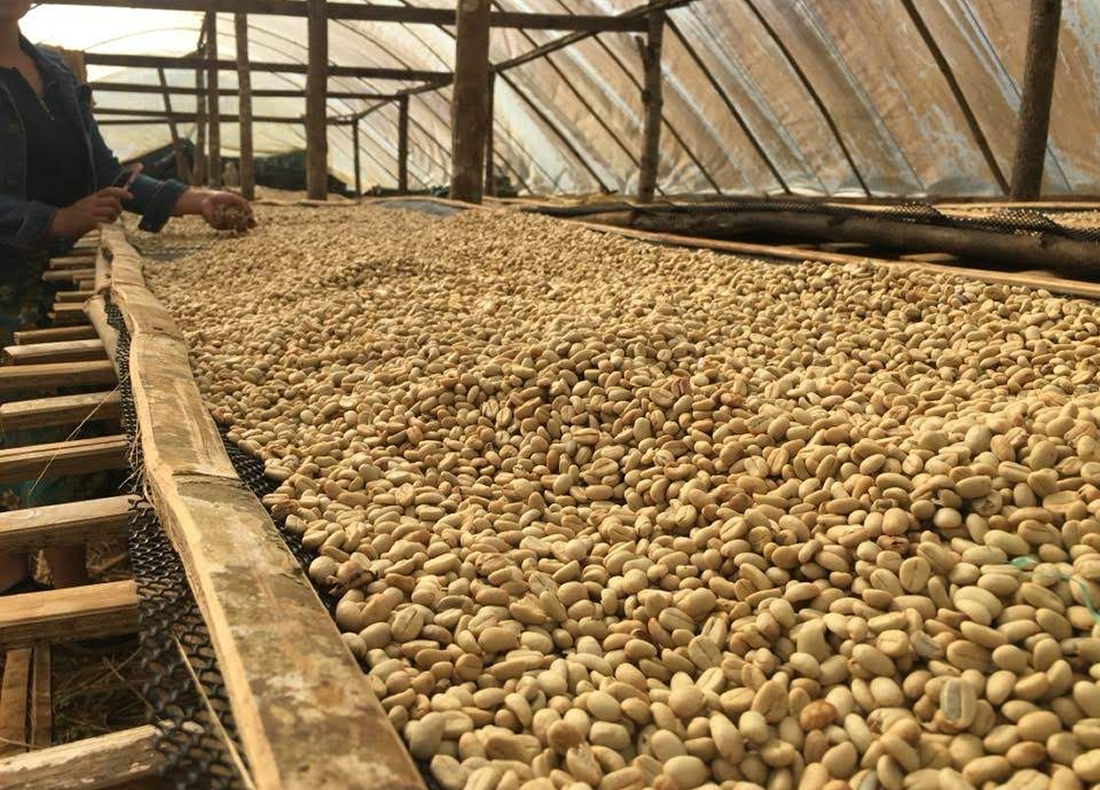
Pulped(Honey process)
Pulped natural or honey process is a method in which the fresh coffee cherries are de-pulped, but allowed to dry without washing. Some of the fruit is still there, but not nearly as much as in the natural process. Most of the cherry is gone, but the remaining golden, sticky mucilage is reminiscent of honey, which is where the process gets it name.
One benefit to producers is that honey processing uses less water. Allowing the fruit to dry on the bean means that it can be physically removed during milling rather than being washed off as is typical of washed coffees
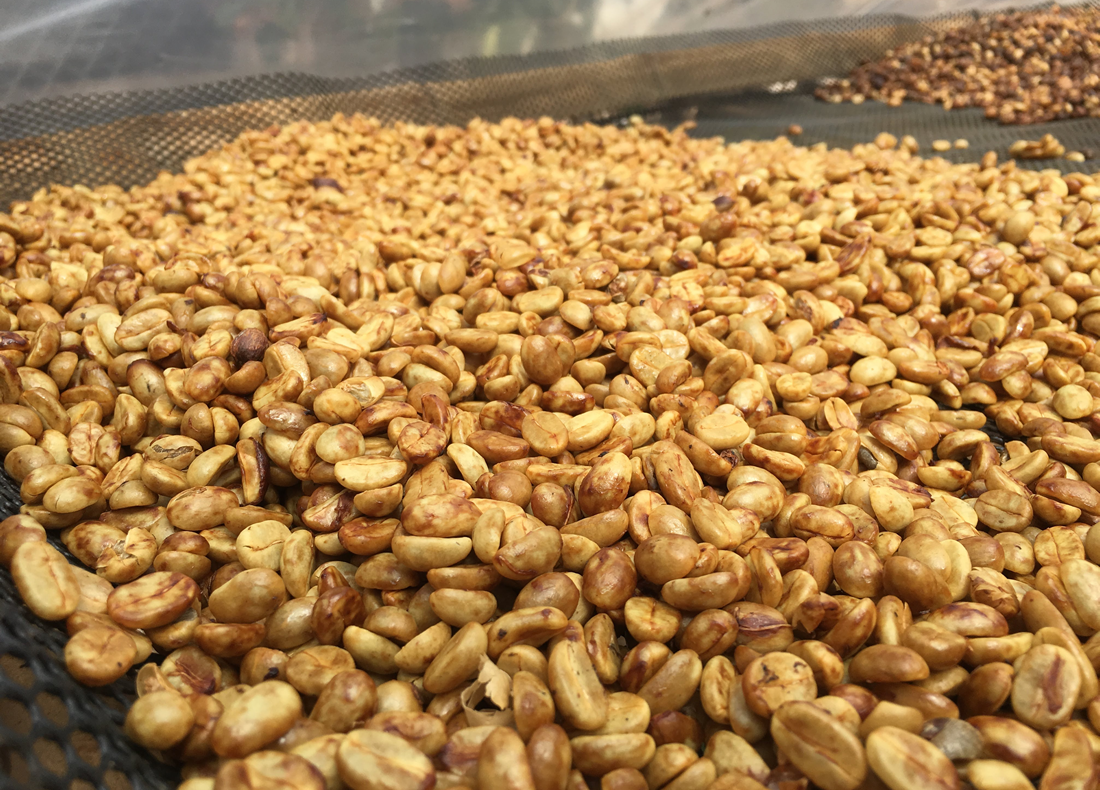
Natural (dry process)
Dry processing is the simplest, most traditional approach to processing: all you do is spread the coffee cherries out and let them dry. While dry-processed coffees were often on the outside looking in at Cup of Excellence competitions, the natural approach is now garnering attention as growers continue to take the method to the next level. When you try these beans, expect a rich sweetness and fruity aromas.
